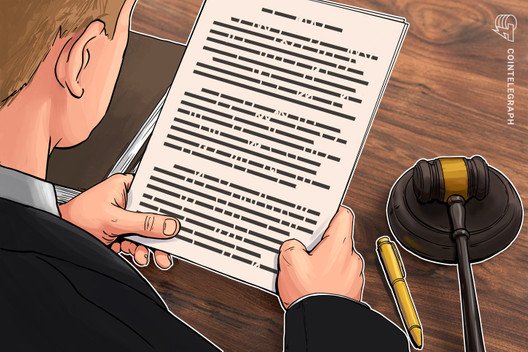White House publishes ‘first-ever’ comprehensive framework for crypto
The fact sheet sums up the efforts of nine federal agencies’ research over the past six months.
643 Total views
6 Total shares

Following United States President Joe Biden’s executive order on Ensuring Responsible Development of Digital Assets, federal agencies came up with a joint fact sheet on six principal directions for the crypto regulation in the U.S. It sums up the content of nine separate reports, which have been submitted to the President to “articulate a clear framework for responsible digital asset development and pave the way for further action at home and abroad.”
The fact sheet was published on the White House official website on Sept. 16, and consists of seven sections: (1) Protecting Consumers, Investors, and Businesses; (2) Promoting Access to Safe, Affordable Financial Services; (3) Fostering Financial Stability; (4) Advancing Responsible Innovation; (5) Reinforcing Our Global Financial Leadership and Competitiveness; (6) Fighting Illicit Finance; (7) Exploring a U.S. Central Bank Digital Currency (CBDC).
Some of the sections don’t contain any particularly new information, emphasizing one more time the principles and policies which the President’s Administration has been sticking to. For example, to protect consumers and investors, the reports urge regulators — the Securities and Exchange Commission and Commodity Futures Trading Commission — to “aggressively pursue investigations and enforcement actions against unlawful practices in the digital assets space.” At the same time, they don’t say anything particular about the regulators’ segregation of duty, which still remains one of the main regulatory problems in the country.
In order to promote access to financial services, federal agencies recommend creating a federal framework for nonbank payment providers and encouraging the adoption of instant payment systems like FedNow, whose launch is planned by the Federal Reserve in 2023.
As a part of advancing responsible innovation efforts, the Office of Science and Technology Policy (OSTP), which has recently published a critical report on the climate impacts of crypto mining, will develop a Digital Assets Research and Development Agenda to help mitigate the negative climate impacts. With the same goal the Department of Energy, the Environmental Protection Agency, and other agencies will consider further tracking digital assets’ environmental impacts.
Related: Chamber of Digital Commerce says ‘the time has come for the SEC to approve a Bitcoin ETF
While the fact sheet claims that the U.S. agencies will “leverage U.S. positions in international organizations to message U.S. values” related to digital assets, it doesn’t specify how exactly these values differ from the swiftly emerging European regulatory approach.
The security strategy implicates the amendments to the Bank Secrecy Act, anti-tip-off statutes, and laws against unlicensed money transmitting to apply explicitly to digital asset service providers, including exchanges and nonfungible token platforms.
The last, but perhaps the most important section of the fact sheet is dedicated to the U.S. CBDC. It reveals that the administration has already developed Policy Objectives for a U.S. CBDC system, but further research on the possible technological foundation of that system is needed. Still, the intent seems pretty serious as the Treasury will lead an interagency working group with the participation of the Federal Reserve, the National Economic Council, the National Security Council and the OSTP.









